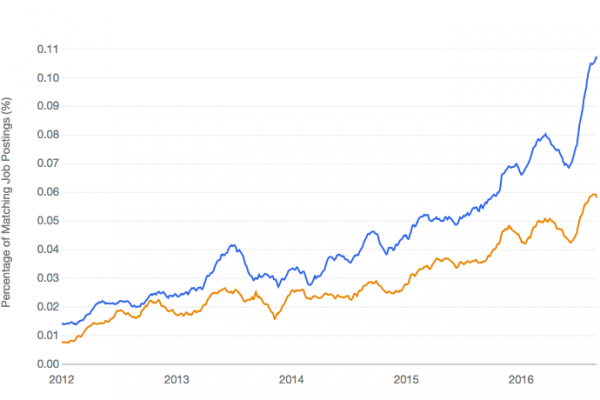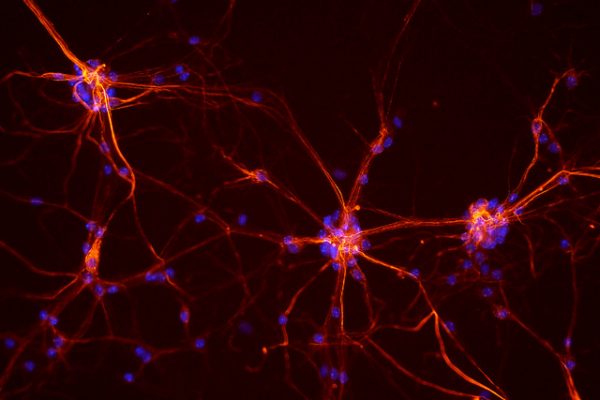How To Implement Logistic Regression From Scratch in Python
Last Updated on December 11, 2019 Logistic regression is the go-to linear classification algorithm for two-class problems. It is easy to implement, easy to understand and gets great results on a wide variety of problems, even when the expectations the method has of your data are violated. In this tutorial, you will discover how to implement logistic regression with stochastic gradient descent from scratch with Python. After completing this tutorial, you will know: How to make predictions with a logistic […]
Read more








